Keep scrolling and you will find more ice cube activities for math, science, language arts, and art.
Note: This blog post contains resources from our
Here are some more activity ideas with a bag of ice cubes:
Math:
1. Ice Cube Math:
Create addition or subtraction word problems based on the ice cube count.
2. Time and Temperature:
Science:
3. Melting Rates Experiment:
Discuss color mixing and blending as the ice melts onto the paper.
Jack Frost (The Guardians of Childhood)
Note: This blog post contains resources from our
TpT store and our Amazon Associate store.
---------------------------------------------
I am not sure where this game originated, but I do know it is a student favorite!
"Who Has the Ice Cube?"
Step 1:
The students sit in a circle.
Step 2:
You will need one baggie of ice cubes.
Step 3:
Choose one student to be Jack Frost.
Step 4:
The student (Jack Frost) goes to the center of the circle and hides his eyes. The remaining students pass the bag around the circle while music is playing.
Step 5:
When the music stops, the students stop passing the ice cubes.
Step 6:
Jack Frost tries to guess who has the ice cubes. The student with the ice cubes becomes Jack Frost.
Step 7:
The game is then repeated.
BRIGHT IDEA:
Want to help your students learn content while playing this game?
To tie in subject area content, the student must answer a question before become Jack Frost. Task cards work well for this. Scroll down for some printable cards, or click HERE For 140+ free printable resources in our TpT store.
These plastic ice cubes also work well from our Amazon affiliate store as you won't run the risk of leaking water. :)
-------------------------
Math:
1. Ice Cube Math:
Provide each student with a baggie of ice cubes.
Have them count the number of ice cubes and represent the quantity using numbers and basic mathematical operations.
Create addition or subtraction word problems based on the ice cube count.
2. Time and Temperature:
Discuss the concept of time and temperature.
Ask students to predict how long it will take for the ice to melt and note the time it starts.
Record the temperature changes during the melting process.
Science:
3. Melting Rates Experiment:
Observe and record the melting rates of ice cubes at different room temperatures.
Discuss factors influencing melting rates, such as heat sources or insulation.
4. States of Matter:
4. States of Matter:
Introduce the states of matter (solid, liquid, gas) using the ice as an example.
Have students describe and illustrate the changes in the baggie as the ice melts.
Language Arts:
5. Descriptive Writing:
5. Descriptive Writing:
Encourage students to write descriptive paragraphs about the ice and its transformation into water.
Emphasize the use of adjectives and vivid language to enhance their descriptions.
6. Sequencing Story:
6. Sequencing Story:
Have students create a step-by-step sequence of the ice melting process.
Use transitional words to guide the reader through the stages.
Art:
7. Ice Sculptures:
7. Ice Sculptures:
Allow students to use the ice as a sculpting medium.
Encourage them to create small ice sculptures using their hands or safe sculpting tools.
8. Watercolor Ice Art:
8. Watercolor Ice Art:
Use the melting ice as a watercolor medium on paper.
Discuss color mixing and blending as the ice melts onto the paper.
-----------------------------
You may also like these winter printables from our TpT store:
-------------------------
-------------------------
-------------------------
-------------------------
------------------------
-------------------------
You may also like these resources from our Amazon Associate store:
Jack Frost (The Guardians of Childhood)
-------------------------
-------------------------
-------------------------
-----------------------------------------------------------------
Click HERE to view our Teachers Pay Teachers Promoting Success store.
Shelly Anton is a participant in the Amazon Services LLC Associates Program, an affiliate advertising program designed to provide a means for sites to earn advertising fees by advertising and linking to Amazon.com. ** This means there are Amazon affiliate links in these blog posts. This does not mean you pay a dime more when you purchase a product through the link. It just means I am trying to save you valuable teacher time by making it easier for you to find great resources for your students, and I earn a few cents for my research and time. Thank you for all you do for kids!


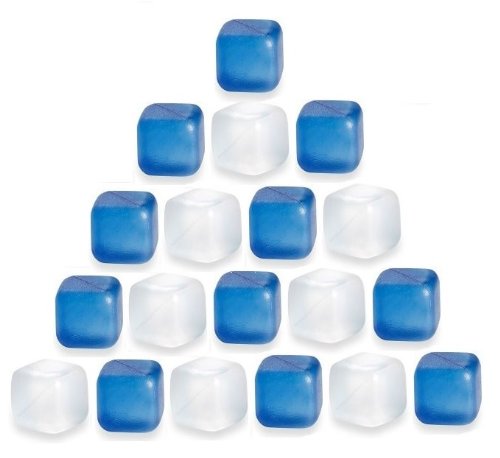
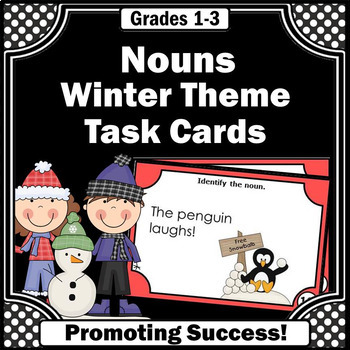
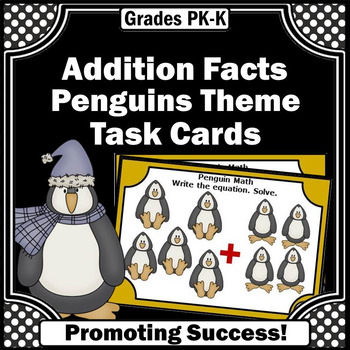
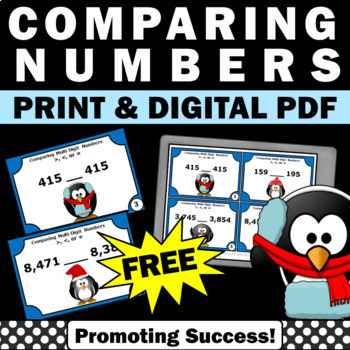


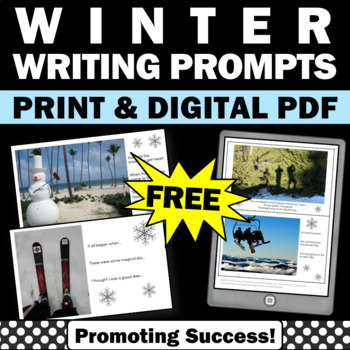





Great game! That would be perfect for the week after vacation. Thanks for sharing.
ReplyDeleteJan
Laughter and Consistency